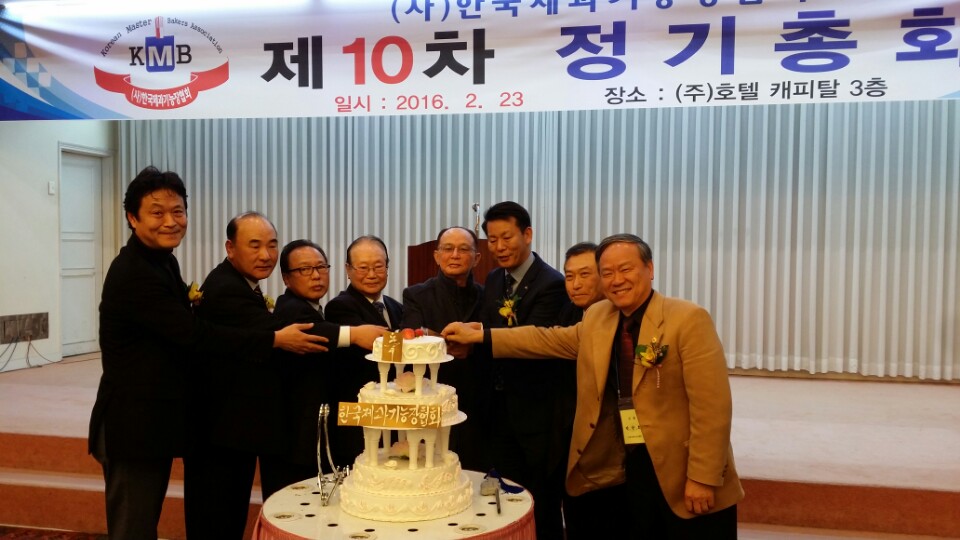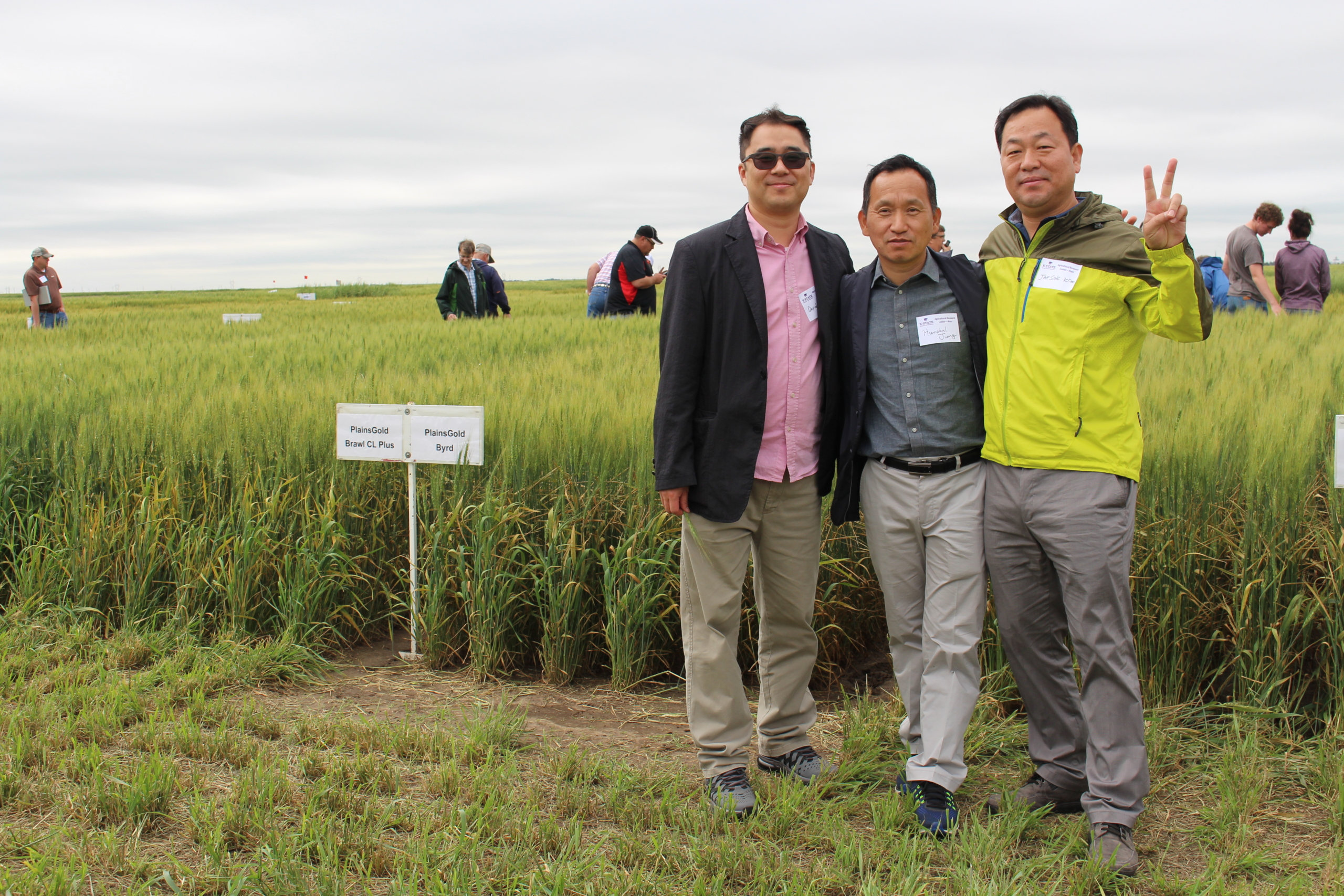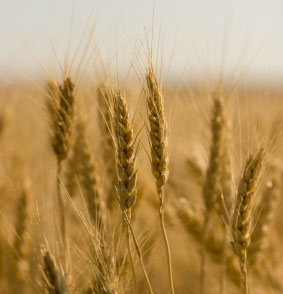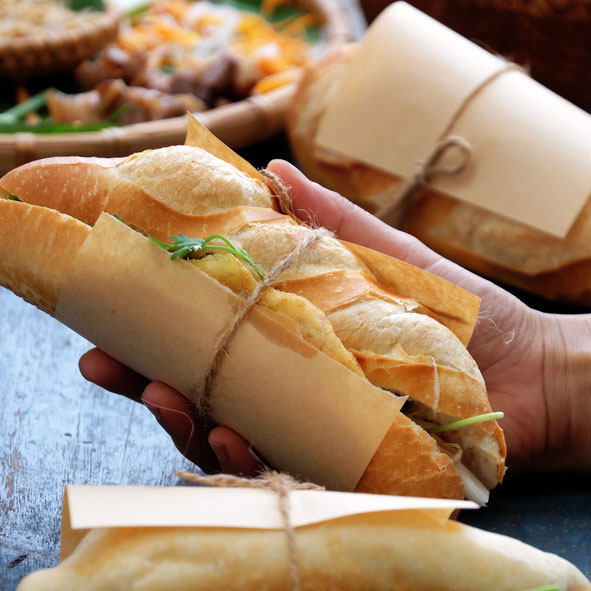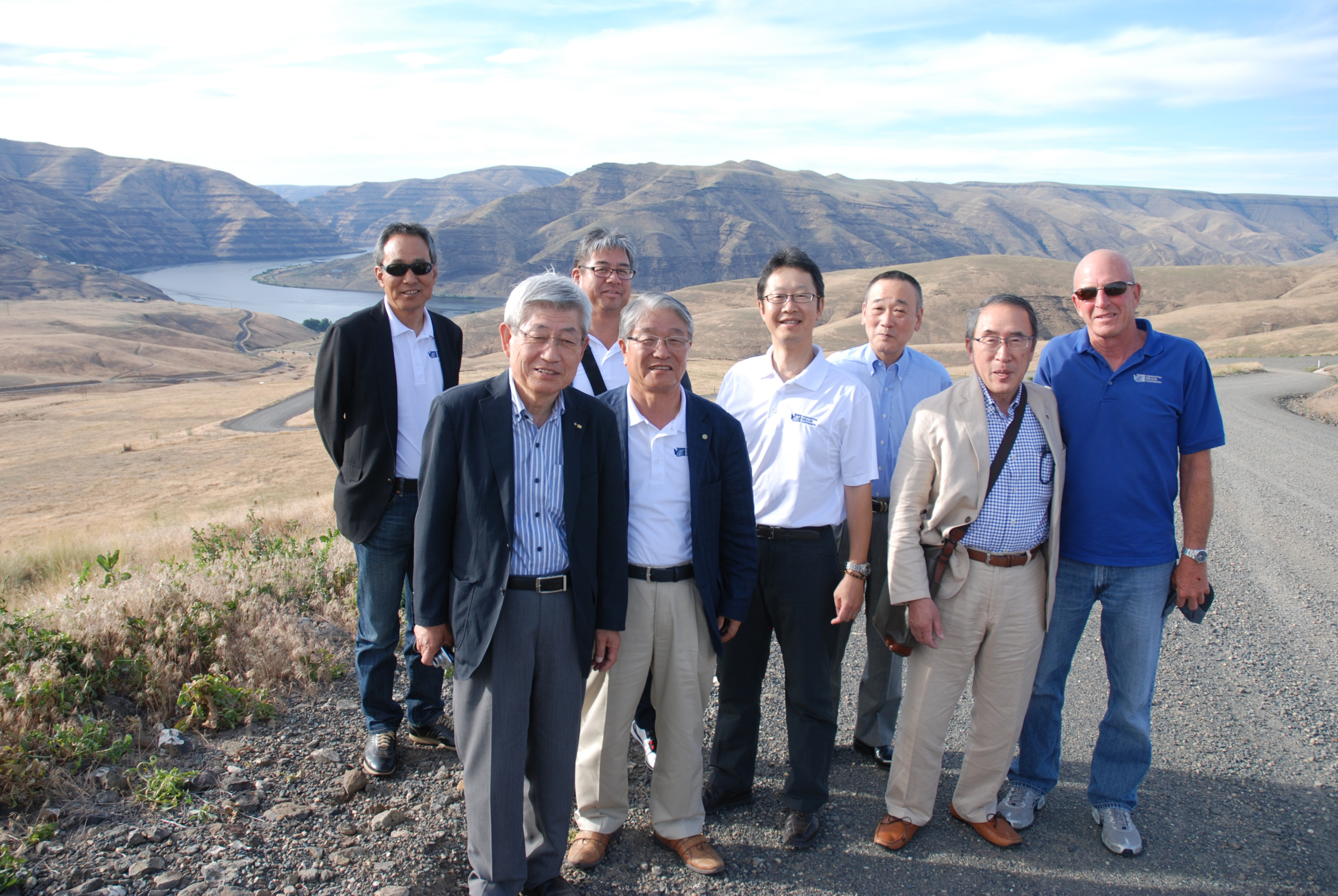Perceptions of wheat flour quality can be difficult to change. Korean flour millers, for example, traditionally judge U.S. soft white (SW) wheat quality based on #1 Grade and a very low protein specification. Unfortunately, two years of hot, dry growing conditions in Washington and Oregon severely reduced the low-protein SW supply and spurred a price barrier to sales. Through trade service and technical support funded by the Market Access Program (MAP) and the Foreign Market Development (FMD) program, FAS cooperator U.S. Wheat Associates (USW) was able to show the millers that they could import higher protein SW at a much lower cost and still meet customer demand. In turn, this effort ended a significant decline in imports.
SW wheat is ideal for the cake, cracker and confection products that make up a large part of Korea’s flour consumption. Between marketing years 2013/14 and 2015/16, USW took a multi-tiered approach to maintaining this important market:
- Representatives based in Seoul convinced millers to use Solvent Retention Capacity (SRC) analysis, rather than only using protein specifications, to measure SW flour performance.
- Working with state wheat commissions, USW support staff in the United States shipped samples of the more abundant higher protein SW to Korea. Technical staff performed the SRC analysis on flour milled from the samples and successfully demonstrated equivalent performance.
- The next step was to prove the SRC analysis and higher protein SW flour performance to downstream bakery and confectionery customers in a seminar supervised by USW South Asia Bakery Consultant Roy Chung. The largest commercial bakery in Korea saw the opportunities and purchased an SRC analyzer.
- Finally, USW helped large flour millers understand how they could adjust grade and protein tender specifications. Two large millers did change their specifications and tendered for SW with slightly higher protein levels, which helped reduce import costs. The Korean Flour Millers Association also relaxed some of its grade requirements and received a discount of $5 per metric ton from the trade.
In marketing year 2013/14, before the challenge of higher protein levels appeared, Korean millers imported an estimated 731,000 metric tons (MT) of SW worth about $212 million. As the cost of very low protein SW increased, millers cut back on imports while learning about alternatives from USW. Total SW exports fell to about 538,000 MT in 2014/15.
Armed with new information and support from their customers, these millers were able to slightly increase SW imports in 2015/16 to about 565,000 MT, returning value to the U.S. wheat supply chain and farmers in Washington, Oregon and Idaho.

